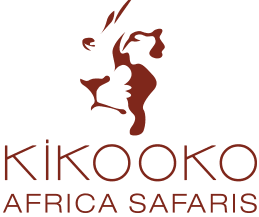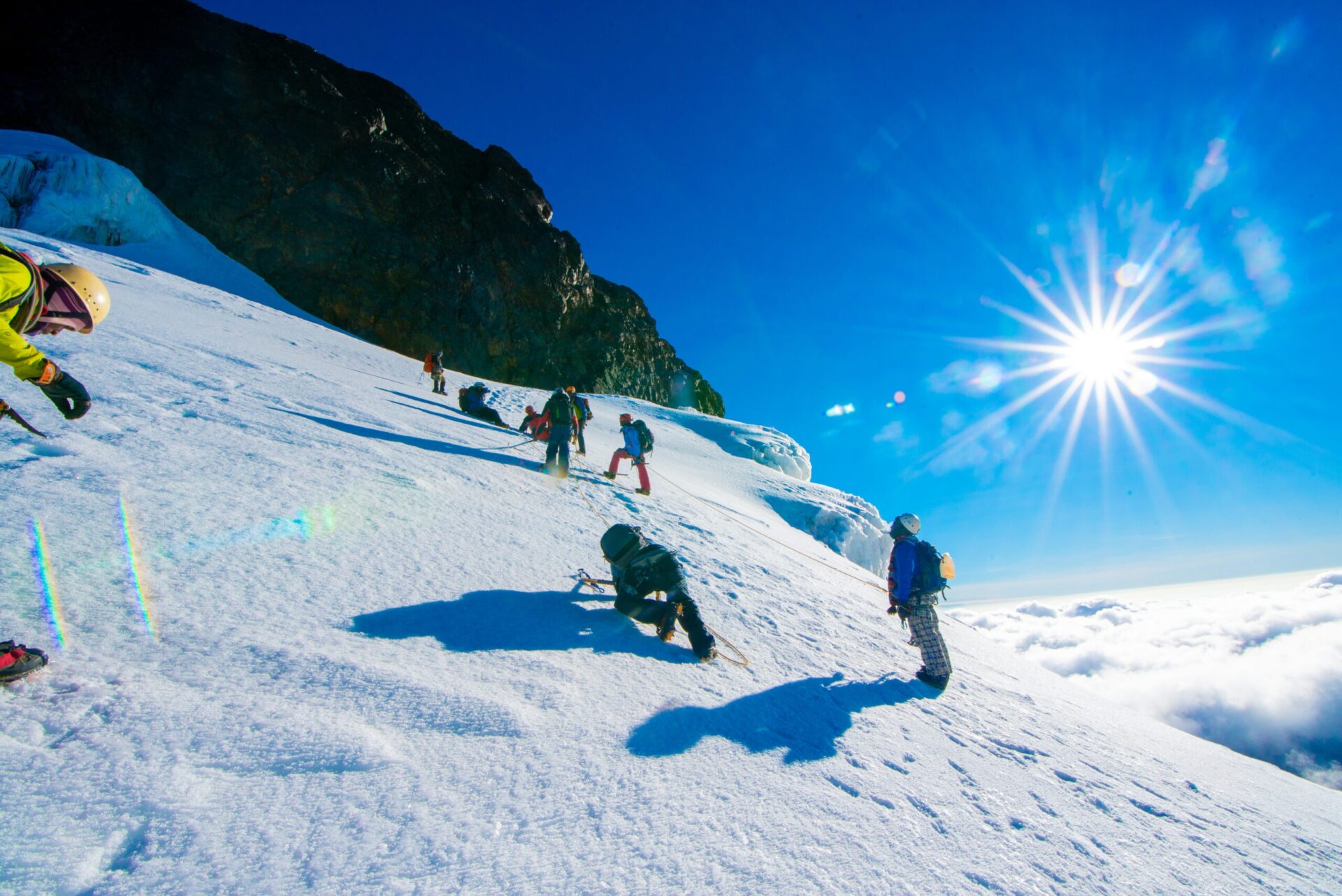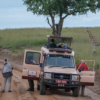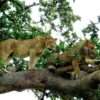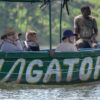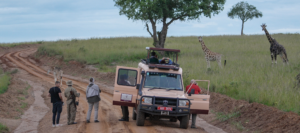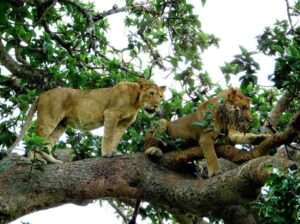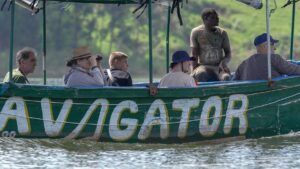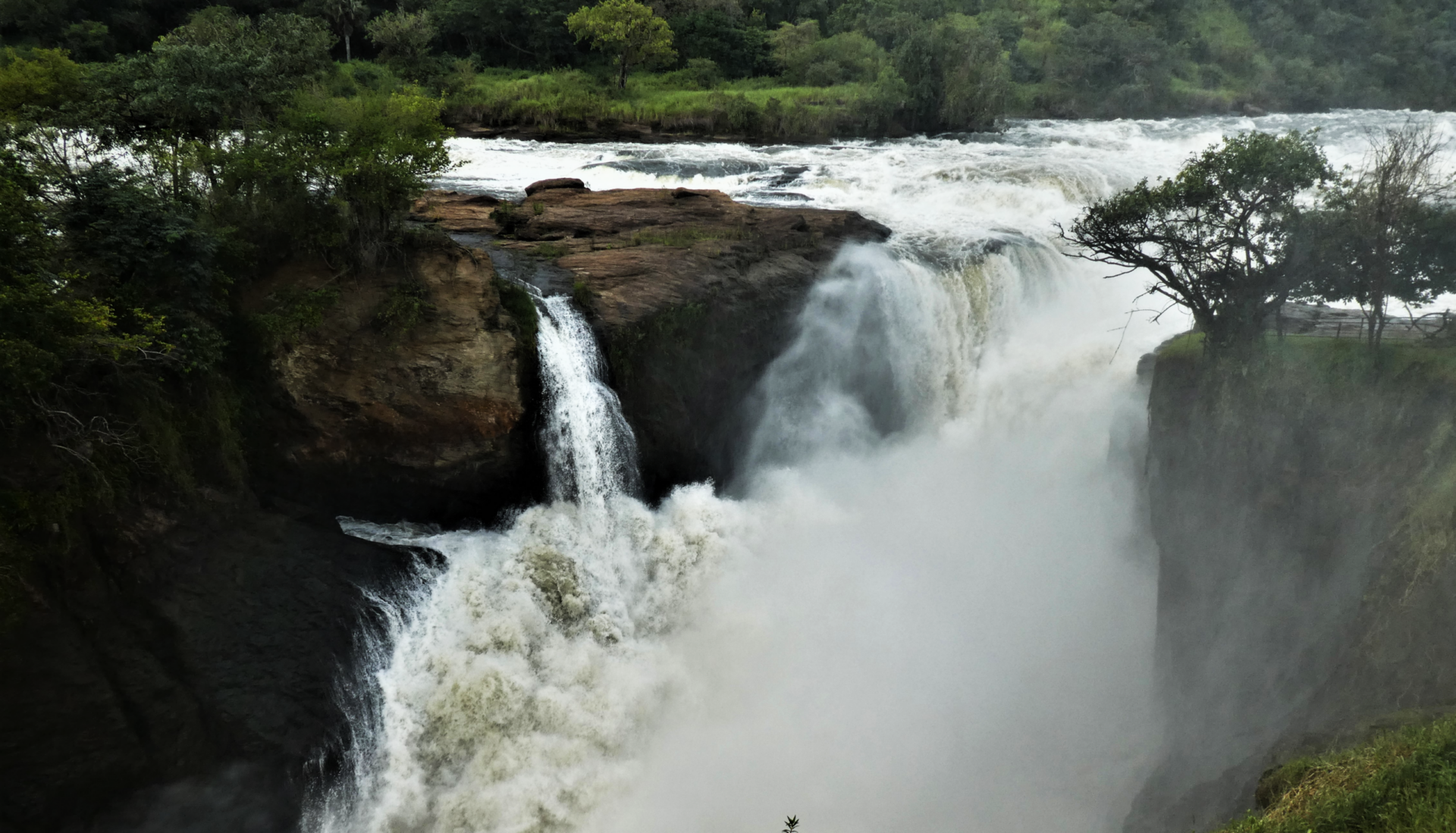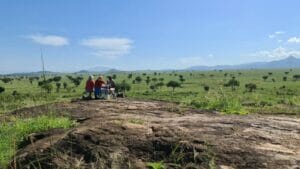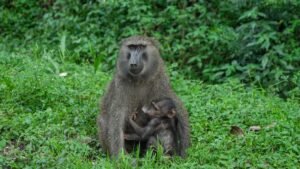Welcome to an exciting adventure in the heart of Africa! The Rwenzori Mountains, also known as the “Mountains of the Moon,” offer a unique and captivating Uganda trekking experience for outdoor enthusiasts and nature lovers. Nestled on the border of Uganda and the Democratic Republic of Congo, the Rwenzori Mountains are a hidden gem waiting to be explored.
- Overview of the Rwenzori Mountains
- Planning for Rwenzori Trekking
- The Rwenzori Trekking Routes
- Trekking Experience in Rwenzori Mountains
- Tips and Recommendations for a Successful Trek
- Choosing a Reliable Trekking Operator
- Responsible Trekking Practices and Leave No Trace Principles
- Enjoy the Beauty of Rwenzori Trekking By Traveling With Kikooko Africa Safaris
Overview of the Rwenzori Mountains
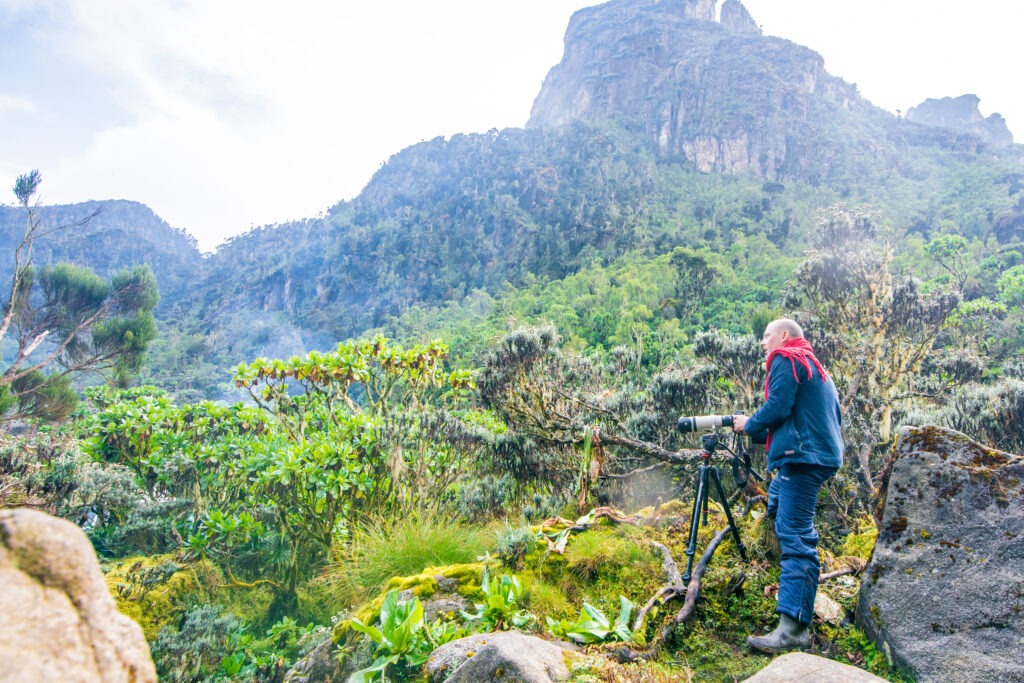
Rising majestically from the surrounding savannah, the Rwenzori Mountains form a dramatic and awe-inspiring landscape. These mountains are home to the third-highest peak in Africa, Mount Stanley, and are characterized by their jagged peaks, glacial valleys, and lush vegetation. The Rwenzori Mountains National Park, a UNESCO World Heritage site, encompasses this mountain range and protects its rich biodiversity.
What is Rwenzori Trekking?
Rwenzori Trekking is a thrilling adventure that allows you to immerse yourself in the stunning natural beauty of the Rwenzori Mountains. It involves traversing through rugged terrain, crossing roaring rivers, and ascending to high altitudes, all while being surrounded by breathtaking landscapes. The trek offers a unique combination of challenging trails, diverse flora and fauna, and cultural encounters with local communities.
Why Choose Rwenzori Trekking?
You might wonder why you should choose Rwenzori Trekking over other popular trekking destinations. The answer lies in the unparalleled beauty and uniqueness of the Rwenzori Mountains. Unlike the well-known Kilimanjaro or Everest treks, the Rwenzori Mountains offer a remote and less crowded experience, allowing you to truly connect with nature. The flora and fauna found in these mountains are incredibly diverse, with endemic species that cannot be found anywhere else in the world. Additionally, the opportunity to interact with the local communities and learn about their rich cultural heritage adds another layer of depth to your trekking experience.
In this comprehensive blog post, we will delve into every aspect of planning for a successful Rwenzori Trekking adventure. From choosing the best time to trek and preparing physically and mentally, to obtaining permits and acquiring the necessary equipment, we have you covered. We will guide you through the different trekking routes, providing detailed descriptions and highlighting the unique features of each trail. You will also gain insights into the daily itinerary, encounter the incredible flora and fauna of the region, and learn about responsible trekking practices.
So, whether you are an experienced trekker or a novice adventurer seeking a new and exciting challenge, join us as we embark on an unforgettable journey through the Rwenzori Mountains. Get ready to witness breathtaking landscapes, push your physical limits, and immerse yourself in the wonders of this hidden gem in Africa. Let’s begin our exploration of Rwenzori Trekking!
Planning for Rwenzori Trekking
Embarking on a trekking adventure in the Rwenzori Mountains requires careful planning and preparation. In this section, we will explore various aspects that need to be considered to ensure a successful and enjoyable trekking experience.
Best Time to Trek in Rwenzori Mountains
The Rwenzori Mountains experience different weather patterns throughout the year, making it crucial to choose the right time for your trek. The region has two rainy seasons, from March to May and from September to November, which can make the trails slippery and more challenging. The dry seasons, from December to February and from June to August, offer more stable weather conditions with less rainfall.
The ideal time to trek in the Rwenzori Mountains is during the dry seasons when the trails are more accessible and the weather is generally favorable. However, it is important to note that even during the dry seasons, rain can still occur, especially at higher altitudes. It is recommended to check the weather forecast before your trek and be prepared for unexpected changes in weather conditions.
Physical Fitness and Training
Rwenzori Trekking is a physically demanding activity that requires a certain level of fitness and endurance. The rugged terrain, steep ascents, and high altitudes can put strain on your body. Therefore, it is essential to prepare yourself physically before embarking on the trek.
To get in shape for Rwenzori Trekking, it is recommended to engage in a regular exercise routine that includes cardiovascular activities such as running, hiking, or cycling. These activities will help improve your stamina and cardiovascular fitness, allowing you to better cope with the physical demands of the trek. Additionally, incorporating strength training exercises, such as squats, lunges, and core exercises, will help build the necessary muscle strength for tackling the challenging terrain.
Altitude acclimatization is another crucial aspect to consider before trekking in the Rwenzori Mountains. As the altitude increases, the air becomes thinner, and the oxygen levels decrease. This can lead to altitude sickness, a potentially serious condition. It is advisable to spend a few days in a nearby town or city at a lower elevation to allow your body to adjust gradually to the higher altitudes. During this acclimatization period, it is important to stay hydrated, avoid alcohol and strenuous activities, and listen to your body’s signals.
Permits and Regulations
To ensure the preservation of the Rwenzori Mountains and the safety of trekkers, permits and regulations are in place. Obtaining a trekking permit is a mandatory requirement to access the Rwenzori Mountains National Park. These permits are issued by the park authorities and can be obtained through authorized tour operators or directly from the park office.
The cost of trekking permits varies depending on the duration and route chosen. It is recommended to book your permits well in advance, especially during peak trekking seasons when demand is high. In addition to the permits, there may be additional fees for services such as park entrance, camping, and porterage.
Park authorities have established certain rules and guidelines for trekking in the Rwenzori Mountains to ensure the safety of trekkers and the conservation of the environment. These rules include staying on designated trails, respecting wildlife and vegetation, and adhering to waste management practices. As responsible trekkers, it is essential to familiarize yourself with these regulations and follow them diligently to minimize your impact on the fragile ecosystem.
Equipment and Gear
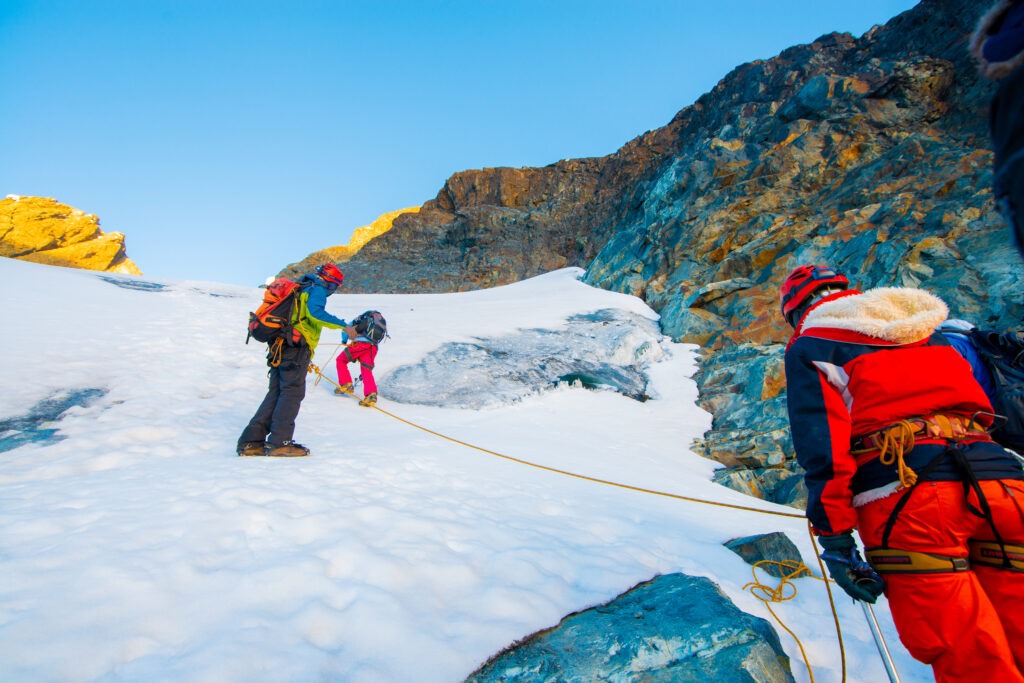
Having the right equipment and gear is vital for a comfortable and safe trekking experience in the Rwenzori Mountains. Here is a comprehensive list of essential items you should consider packing:
- Clothing: Layering is key to adapting to changing weather conditions. Pack lightweight, moisture-wicking base layers, insulating mid-layers, and waterproof outer layers. Don’t forget to include a warm hat, gloves, and thermal socks for colder nights.
- Footwear: Invest in sturdy, waterproof hiking boots with ankle support. Break them in before your trek to avoid blisters and discomfort. Carry extra pairs of hiking socks and consider using gaiters to keep debris out of your boots.
- Backpack: Choose a comfortable backpack with a capacity of around 40-60 liters to carry your gear. Look for one with padded shoulder straps and a waist belt for better weight distribution.
- Sleeping Gear: A good-quality sleeping bag rated for cold temperatures is essential for overnight camping. A lightweight sleeping pad will provide insulation and comfort during your rest.
- Trekking Poles: Consider using trekking poles to provide stability, reduce strain on your knees, and improve balance while navigating challenging terrain.
- Cooking Equipment: If you plan on preparing your meals during the trek, pack a lightweight camping stove, cookware, and utensils. Don’t forget to bring a water purifier or water treatment tablets for safe drinking water.
- Other Essentials: Include items such as a headlamp, sun hat, sunglasses, sunscreen, insect repellent, a first aid kit, and a camera to capture the breathtaking views.
Proper packing and organization are crucial to ensure you have everything you need while keeping your backpack weight manageable. Make a checklist, gather all your gear in advance, and do a trial pack to ensure everything fits comfortably.
Now that we have covered the essential aspects of planning for Rwenzori Trekking, you are one step closer to embarking on this incredible adventure. In the next section, we will explore the different trekking routes available in the Rwenzori Mountains, each offering its own unique experiences and challenges.
The Rwenzori Trekking Routes
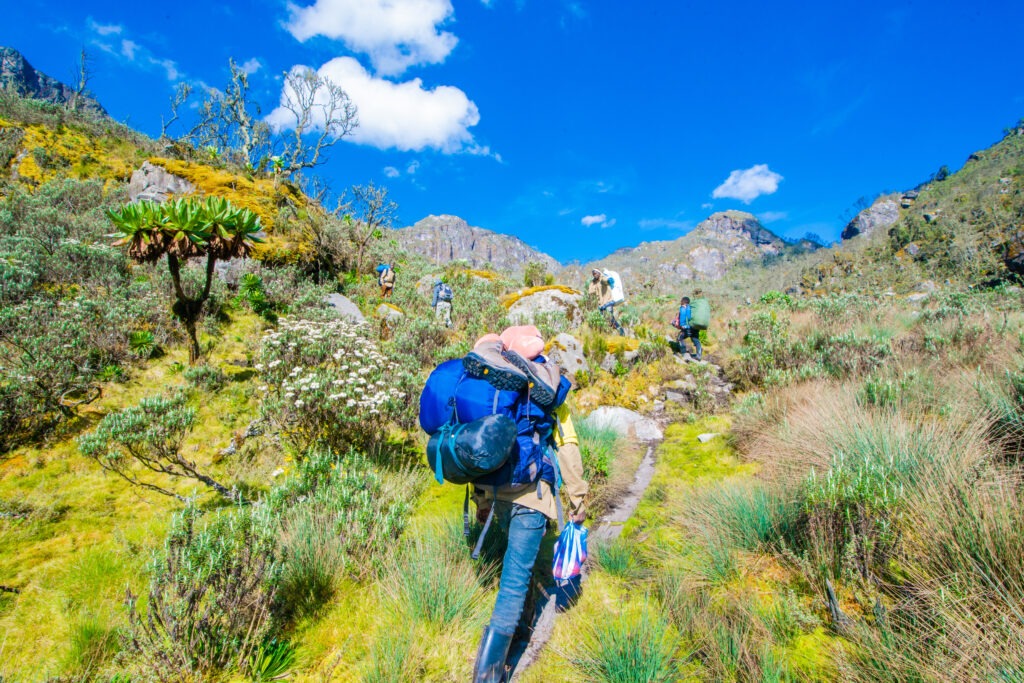
The Rwenzori Mountains offer a range of trekking routes, each providing a unique and unforgettable experience. In this section, we will explore the three main trekking routes available in the Rwenzori Mountains: the Central Circuit Route, the Kilembe Route, and the Margherita Peak Route.
Central Circuit Route
The Central Circuit Route is the most popular and well-established trekking route in the Rwenzori Mountains. This route takes you on a circular journey through the heart of the mountain range, allowing you to explore its diverse landscapes and witness its stunning beauty. The trek typically takes around 7 to 10 days to complete, depending on your pace and the number of rest days you choose to take.
The Central Circuit Route starts at the Nyakalengija trailhead and takes you through a variety of terrains, including lush rainforests, bamboo forests, rocky terrain, and glacier-carved valleys. Along the way, you will encounter picturesque waterfalls, sparkling lakes, and breathtaking views of the surrounding peaks. The route also offers opportunities to spot unique wildlife, such as the Rwenzori turaco and the Rwenzori colobus monkey.
One of the highlights of the Central Circuit Route is the ascent of Mt. Stanley, which is home to the highest peaks in the Rwenzori Mountains. The trek to the summit of Mt. Stanley is challenging and requires a good level of fitness and mountaineering skills. However, for those who are up to the challenge, the reward is unparalleled panoramic views from the rooftop of Africa.
Kilembe Route
The Kilembe Route is an alternative trekking route that starts from the town of Kilembe, located on the western side of the Rwenzori Mountains. This route offers a different perspective of the mountains and provides a less crowded experience compared to the Central Circuit Route.
The Kilembe Route is known for its scenic beauty, with stunning views of the peaks and valleys along the way. The trek starts with a gentle ascent through beautiful montane forests, where you can spot a variety of bird species and rare plants. As you continue, the trail becomes steeper, leading you to alpine meadows, glacial lakes, and rocky ridges.
One of the highlights of the Kilembe Route is the opportunity to visit the Weismann’s Peak, which offers breathtaking views of the glaciers and the surrounding landscape. Although not as high as the peaks in the Central Circuit Route, Weismann’s Peak still provides a rewarding experience for trekkers.
Margherita Peak Route
For the adventurous and experienced trekkers seeking a more challenging and technical ascent, the Margherita Peak Route offers an exhilarating opportunity to summit the highest peak in the Rwenzori Mountains. Margherita Peak stands at an impressive elevation of 5,109 meters (16,761 feet) and requires mountaineering skills and proper equipment to reach its summit.
The Margherita Peak Route starts from the Central Circuit Route but diverts towards the peak. This route involves navigating steep and icy slopes, crossing crevasses, and using technical climbing equipment, such as crampons and ice axes. The ascent to Margherita Peak is physically demanding and requires a high level of fitness and acclimatization to the altitude.
Reaching the summit of Margherita Peak is a truly remarkable achievement, rewarded with awe-inspiring views and a sense of accomplishment. However, it is important to note that attempting the Margherita Peak Route should only be done by experienced climbers or under the guidance of professional guides.
Each of these trekking routes in the Rwenzori Mountains offers its own unique experiences and challenges. Whether you choose the Central Circuit Route for its diverse landscapes, the Kilembe Route for its scenic beauty, or the Margherita Peak Route for its technical ascent, you are guaranteed an unforgettable adventure in this hidden gem of Africa. As we continue our journey through the Rwenzori Mountains, the next section will provide a detailed itinerary and trail description, allowing you to envision the daily experiences and the stunning landscapes that await you.
Trekking Experience in Rwenzori Mountains
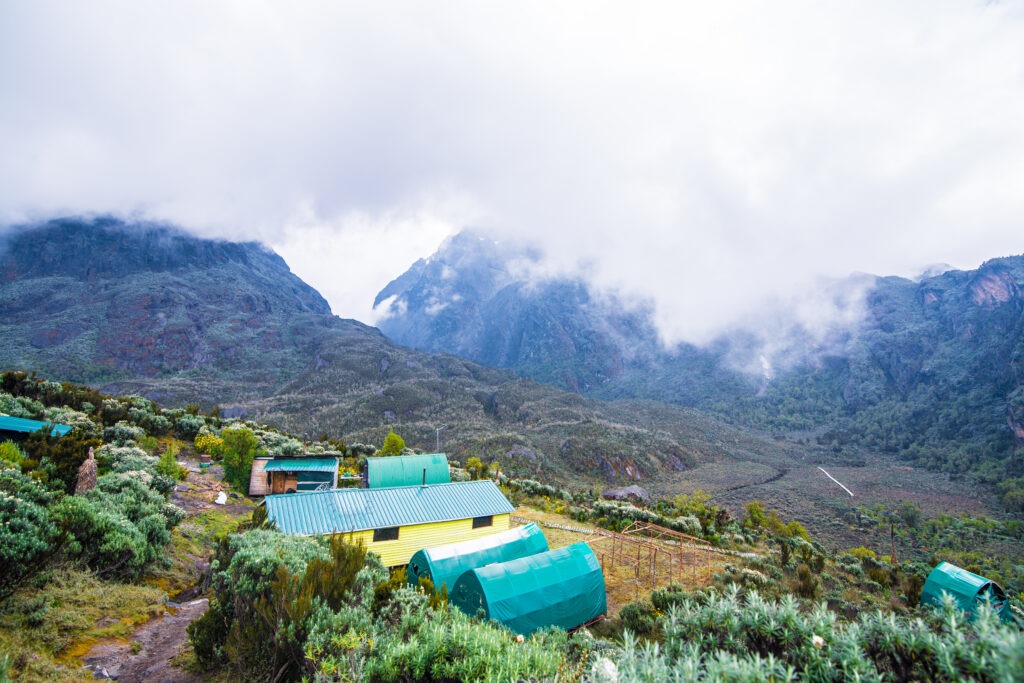
Embarking on a trek in the Rwenzori Mountains is not just a physical journey but also an opportunity to immerse yourself in the stunning natural beauty and unique ecosystems of this region. In this section, we will delve into the daily itinerary, trail descriptions, the flora and fauna you can expect to encounter, and the cultural interactions that make the trekking experience in the Rwenzori Mountains truly unforgettable.
Daily Itinerary and Trail Description
The daily itinerary for trekking in the Rwenzori Mountains will vary depending on the route chosen and the pace of the trek. Generally, a typical trek will span several days, ranging from 7 to 10 days for the Central Circuit Route and the Kilembe Route, while the Margherita Peak Route may require additional days due to the technical nature of the ascent.
If you’re interested, we have a 10-day Summit Uganda tour that describes each of the days in detail!
Each day of the trek will bring new landscapes and challenges. You will start your journey from the designated trailhead, such as Nyakalengija for the Central Circuit Route or Kilembe for the Kilembe Route. The trails will take you through a variety of terrains, including rainforests, bamboo forests, alpine meadows, and rocky ridges. You will encounter steep ascents, river crossings, and sections of scrambling and boulder hopping as you make your way through the mountains.
The daily distances and elevation gains will vary, with some days being more challenging than others. It is important to pace yourself, listen to your body, and take breaks when needed. Some days will be dedicated to acclimatization and rest, allowing your body to adjust to the high altitudes and recover before continuing the trek.
Flora and Fauna Encountered
One of the most remarkable aspects of trekking in the Rwenzori Mountains is the rich biodiversity and unique ecosystems that you will encounter along the way. The mountains are home to a wide variety of plant and animal species, many of which are endemic to the region.
As you traverse through the lower elevations, you will pass through lush rainforests filled with towering trees, ferns, and mosses. The rainforests are teeming with birdlife, including the Rwenzori turaco, a stunning bird with vibrant plumage. Keep an eye out for colobus monkeys swinging through the branches above.
As you ascend to higher altitudes, the vegetation changes dramatically. You will enter bamboo forests, where the tall bamboo stalks create a surreal atmosphere. Above the bamboo zone, you will find heather and giant lobelias, which are unique to the Rwenzori Mountains. These giant plants can grow up to 8 meters (26 feet) tall and add an otherworldly charm to the landscape.
At even higher elevations, the flora becomes more sparse, giving way to rocky terrain and glacial valleys. Here, you may come across alpine flowers such as the vibrant red Rwenzori lily and the delicate everlasting flower. The glacial lakes that dot the landscape are not only visually stunning but also support a variety of aquatic life, including unique species of fish adapted to the cold waters.
In terms of wildlife, the Rwenzori Mountains are home to a diverse array of species. While trekking, you may spot various bird species, such as the Rwenzori turaco, the Rwenzori batis, and the Rwenzori double-collared sunbird. Keep an eye out for the Rwenzori three-horned chameleon, a fascinating reptile that is endemic to the region. Other animals you may encounter include duikers, hyraxes, and the elusive Rwenzori leopard.
Cultural Interactions and Community Engagement
The Rwenzori Mountains are not only a haven for natural wonders but also a region rich in cultural heritage. Throughout your trek, you will have the opportunity to interact with the local communities that call this area home and learn about their traditions, customs, and way of life.
The Bakonzo people are the predominant ethnic group in the Rwenzori Mountains, and their culture has been shaped by the mountains and the surrounding natural environment. Engaging with the local communities provides a unique insight into their daily lives, their farming practices, and their close relationship with the land.
During your trek, you may have the chance to visit local villages and witness traditional dances, songs, and ceremonies. The hospitality of the local communities is often heartwarming, and they are eager to share their stories and traditions with visitors. Engaging with the communities in a respectful and responsible manner not only enhances your trekking experience but also contributes to the sustainable development of the region.
Tips and Recommendations for a Successful Trek
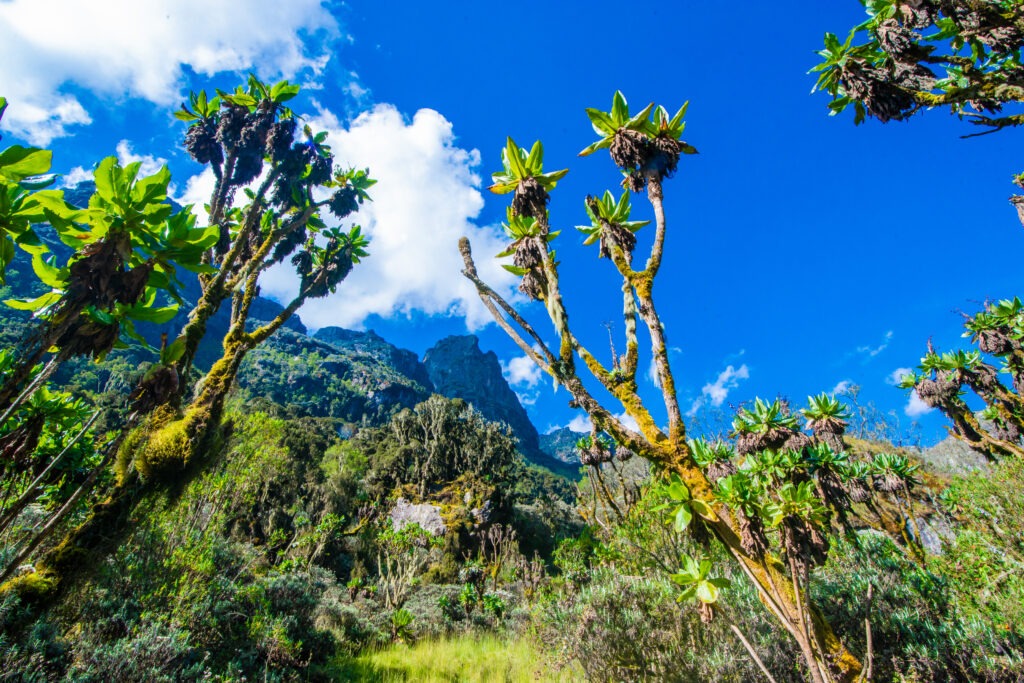
Embarking on a trek in the Rwenzori Mountains requires careful planning and preparation. In this section, we will provide you with valuable tips and recommendations to ensure a successful and enjoyable trekking experience.
Safety Precautions and Health Considerations
Safety should be your top priority when trekking in the Rwenzori Mountains. Here are some essential safety precautions to follow:
- Choose a Reputable Trekking Operator: Selecting a reliable and experienced trekking operator is crucial for a safe and well-organized trek. Research and read reviews to ensure you choose a company with a good track record.
- Stay Hydrated: Proper hydration is essential to prevent altitude sickness and maintain your overall well-being. Drink plenty of water throughout the trek, even if you don’t feel thirsty.
- Protect Yourself from the Sun: The sun’s rays can be strong at higher altitudes. Wear sunscreen, a hat, and sunglasses to protect your skin and eyes from harmful UV radiation.
- Be Aware of Altitude Sickness: Altitude sickness can affect anyone, regardless of fitness level or previous trekking experience. Learn to recognize the symptoms, such as headache, dizziness, nausea, and shortness of breath. If symptoms worsen, descend to a lower altitude immediately and seek medical attention if necessary.
- Follow the Instructions of Your Guides: The trekking guides are experienced professionals who are familiar with the terrain and weather conditions. Listen to their advice and follow their instructions for a safe and enjoyable trek.
Choosing a Reliable Trekking Operator
Selecting a reliable Rwenzori trekking operator is crucial for a smooth and well-organized trekking experience. Here are some factors to consider when choosing a trekking operator:
- Experience and Expertise: Look for a company with a proven track record in organizing treks in the Rwenzori Mountains. Check their experience, certifications, and reviews from previous trekkers.
- Safety Measures: Inquire about the safety measures implemented by the trekking operator. Do they have trained guides? Do they provide emergency evacuation plans? Safety should be a top priority.
- Services and Inclusions: Understand what services are included in the trek package. Does it cover permits, accommodation, meals, and transportation? Clarify any additional costs or services that may not be included.
- Group Size: Consider the group size and the level of personalized attention you desire. Smaller groups often allow for better interaction with the guides and a more intimate trekking experience.
- Responsible Tourism Practices: Choose a trekking operator that promotes responsible tourism practices, such as minimizing environmental impact, supporting local communities, and adhering to ethical guidelines.
Research multiple trekking operators, compare their offerings and ask for recommendations from fellow trekkers or travel forums to make an informed decision.
Responsible Trekking Practices and Leave No Trace Principles
As a responsible trekker, it is important to minimize your impact on the environment and respect the local communities. Here are some principles to follow:
- Stay on Designated Trails: Stick to the designated trekking trails to avoid damaging fragile ecosystems and vegetation.
- Pack Out Your Waste: Carry a small trash bag and pack out all your waste, including food wrappers and tissues. Leave no trace behind.
- Respect Wildlife: Observe wildlife from a safe distance and avoid approaching or feeding them. Do not disturb their natural habitats.
- Support Local Communities: Engage with the local communities respectfully, learn about their culture, and support local businesses and initiatives.
- Conserve Water: Use water sparingly and avoid wasting it. Follow the instructions of your trekking guides regarding water sources and conservation practices.
By following these principles, you are contributing to the preservation of the Rwenzori Mountains and ensuring a positive impact on the local communities.
With these tips and recommendations in mind, you are now equipped with the knowledge and tools to plan a successful trekking adventure in the Rwenzori Mountains. In the next section, we will wrap up our guide by summarizing the key takeaways and emphasizing the significance of responsible and sustainable trekking practices.
Enjoy the Beauty of Rwenzori Trekking By Traveling With Kikooko Africa Safaris
As we come to the end of our comprehensive guide to Rwenzori Trekking, we hope that we have provided you with valuable insights and information to embark on a memorable adventure in the Rwenzori Mountains. This hidden gem of Africa offers a unique and captivating trekking experience that combines breathtaking landscapes, diverse flora and fauna, cultural interactions, and the thrill of conquering challenging terrains.
Throughout this guide, we have covered various aspects of planning for Rwenzori Trekking, including choosing the best time to trek, physical fitness and training, obtaining permits, acquiring the necessary equipment, and understanding the different trekking routes available. We have also explored the trekking experience itself, from the daily itineraries and trail descriptions to the incredible flora and fauna encountered along the way. Additionally, we have emphasized the importance of responsible trekking practices and engaging with the local communities in a respectful and sustainable manner.
As you prepare for your adventure, remember to plan well in advance, train your body and mind, and choose a reliable trekking operator. Pack the right gear and equipment, follow safety precautions, and embrace responsible trekking practices to ensure a safe and enjoyable experience for both you and the environment.
So, are you ready to embark on a journey of a lifetime in the Rwenzori Mountains? Send us a message today and we’d be happy to start planning your perfect trek through the Mountains of the Moon.
